Hindu and Buddhist Monuments and Remains in South-East Asia
Indian religious art and culture have exercised and extraordinary influence on South-East Asia (earlier called Greater India or Further India). All across South-East Asia, Indian religious world inspired the raising of astonishing monuments, some of which remained unequalled even in the mother country. The Sailendra (Lords of Mountains) rulers of Java (Indonesia) built the magnificent ninth century Mahayana Buddhist stupa of Borobudur, the largest Buddhist monument in the world and an invaluable heritage of mankind. At a short distance was built the great Hindu complex of Prambanan. In central Myanmar, more than 2,000 red-brick temples and monuments mark the city of Pagan, for 400 years the capital of people who also dedicated much of their labour and wealth to the service of their faith. Angkor in Cambodia can boast of the world's largest religious monument and most inspired and spectacular temple complex in the world, which is dedicated to Vishnu. Ayutthaya, a vast and majestic city of Thailand, has 400 splendid temples. In Vietnam, three important groups of temples are My Son, Dong Duong and Po Nagar, the second being Buddhist and the other two Saivite. The first royal Sivalinga in South-East Asia was established at My Son and the oldest Sanskrit inscription was found in a village called Vo Canh near Nha Trang in the southern part of Vietnam. Wat Phou is Laos' own mini-Angkor. It preserves the glory of Hinduism far away from the land of its origin, the Indian sub-continent. To know Indian art in India alone, is to know but half its story. To apprehend it to the full; one must watch it assuming new forms and breaking into new beauties as it spreads over Myanmar, Thailand and Vietnam; one must gaze in awe at the unexampled grandeur of its creation in Cambodia and Java. In each of these countries, Indian art encounters a different racial genius, a different local environment, and under their modifying influence it takes on a different garb. Therefore the art of each and everyone of these countries is complimentary to the rest and a knowledge of each, such as this book provides, is indispensable to our understanding of the whole.
Get it now and save 10%
BECOME A MEMBER

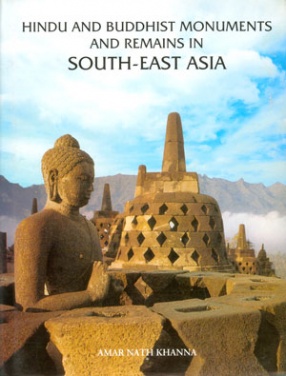
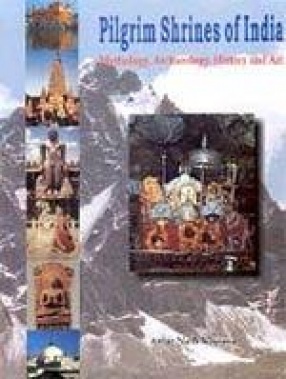
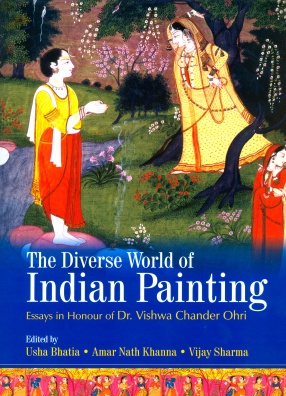
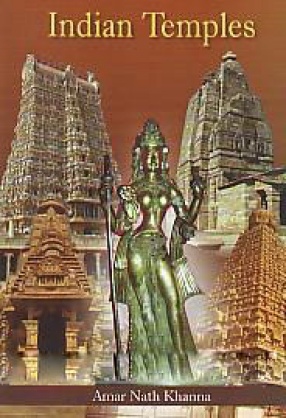
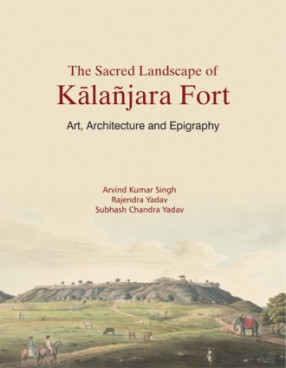
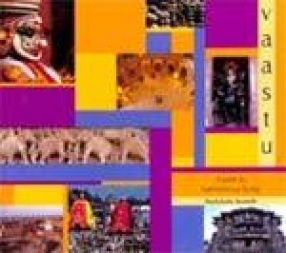
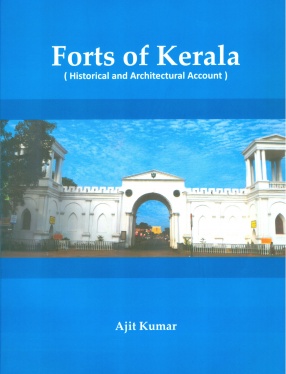
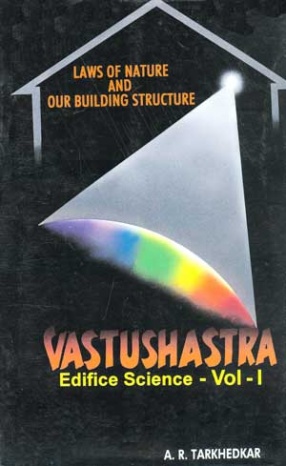

Bibliographic information